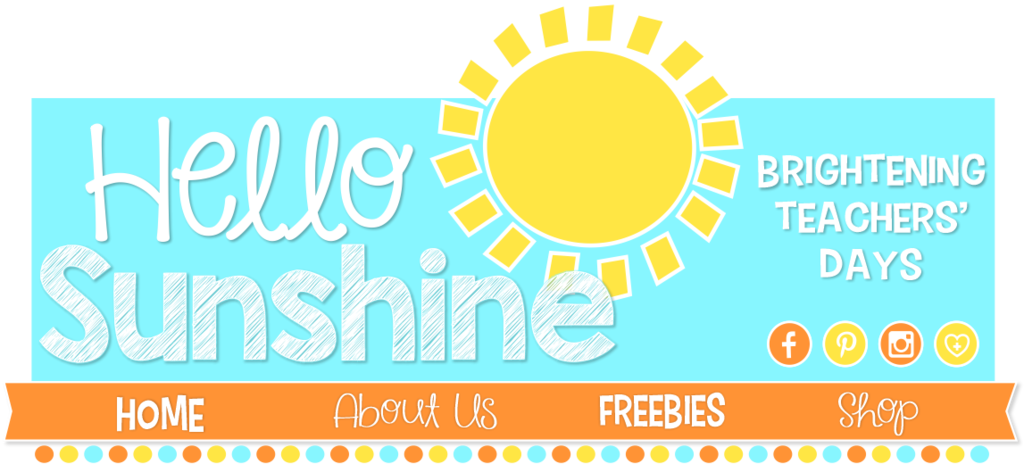We all know that informational text is playing a bigger role in our reading instruction. Teachers are also aware that their instructional day is packed and that the content areas of science and social studies often gets squeezed out. I've gathered some tips to help you use your science and social studies texts and curriculum to teach the required reading skills. Stop thinking of the content areas as a separate part of your day,, bring them into your ELA block.
1. Show
students the difference between literary and informational text structure.
One of the first things students need to
understand is the structural difference between literary and informational
text. Literary text will generally have
characters, a setting and a plot that has a beginning, middle and end. While
informational text will usually be organized by topic with sections having main
ideas and details. To help students compare these two types of texts you can
use a T-Chart along with sample texts.
Set the students up in small groups.
Give each group a few text samples and a T-Chart. Let them explore the text and make note of
what they see. You can sum up the
activity by having them list things the texts have in common and some of the
major differences they noticed. Make
sure you have a list of the main points you want to make with this activity. Depending on the age of the students you can
guide the summing up discussions to make sure all the main points are covered.
Click on the image to download the organizer.
Click on the image to download the organizer.
2. Teach
students how to find information using the table of contents and index.
I think the two most important features of
an informational book are the table of contents and the index. As students begin to use informational texts
for research projects they will not always be reading the entire book from
beginning to end. They will use the
table of contents and the index to find the specific places in the book that
has the information they need.
A fun
way to give students practice in using these features is to have a scavenger
hunt. Choose an informational text for
which you have enough copies for each student or each pair of students. I always did this activity with our Science
and Social Studies texts because we had a class set. Write a set of questions that can be
answered from the text. Make sure some
of the questions require the table of contents and some require the index in
order to find the answer. I also leave a space to write the page number where
they found the answer and if they used the table of contents or the index.
3. Use
graphic organizers to gather information.
Graphic organizers are a must for
gathering and organizing information.
There are many different types of graphic organizers that can be used,
depending on the text structure and the type of information to be organized.
This handy chart will give you an idea of which organizer to use with your
students.
Click on the image to download the chart and 3 free organizers.
Click on the image to download the chart and 3 free organizers.
4. Choose
reading strategies and or skills that fit the text.
Throughout the year students will be
learning many different strategies and skills as they become better
readers. You’ll want to choose just one
or two to use with this lesson with informational text. When you’re planning, read the text with
fresh eyes and think about the skills and strategies you’re using as a reader. Mark places where you used specific skills or strategies. When you
finish, go over your notes and decide which skills/strategies fit the
text and also fit the needs of your students. Then you’re ready to plan you lesson!
5. Reread
the text to teach different comprehension skills.
Now that you have your first lesson
planned, use the text again to target a different skill or strategy. On the first day you may cover main idea and
details with a graphic organizer. On the
second day the focus may be cutting down the details to just the most important ideas and writing a summary. Later in the week
you might focus on vocabulary or author’s word choice. Reading the same text again and again is always a good thing!
Kids love learning about things in their world. I hope these tips will help you begin using more informational texts in your ELA lessons.
Kids love learning about things in their world. I hope these tips will help you begin using more informational texts in your ELA lessons.






This is such a great post with ideas (and FREEBIES) that many will enjoy! I have it scheduled via Pinterest, Facebook, Twitter, and Google+. I hope you see some traffic. And thank you for linking up at the Teaching Tuesday blog post.
ReplyDelete~Heather aka HoJo~
Thanks Heather! Your link up is a great way to share teaching ideas.
DeleteI agree. There is some really good information here, and the graphic organizers are perfect for my special learners. Thanks for sharing!!
ReplyDeleteThank you Christa, I hope you'll be able to use some of the organizers in your classroom.
Delete